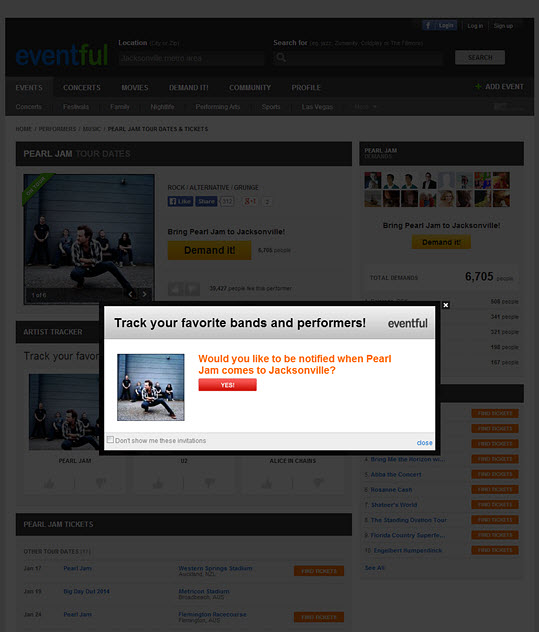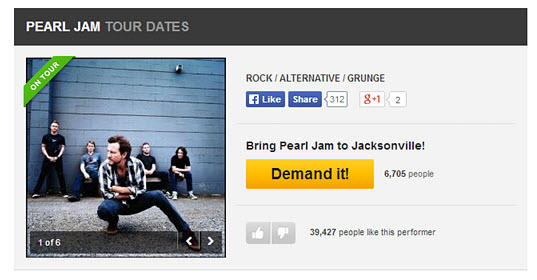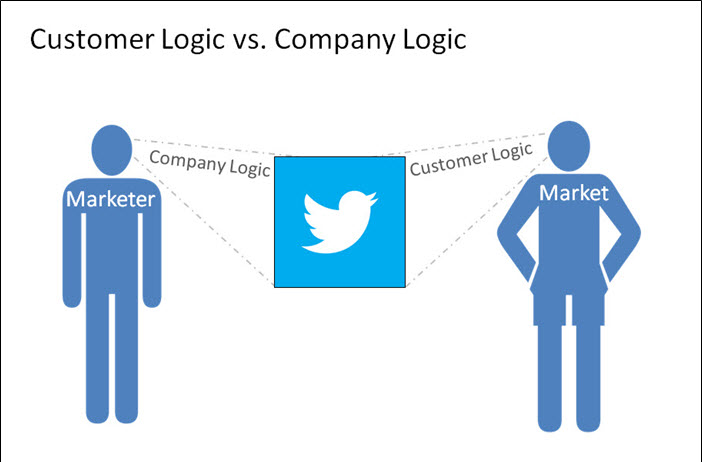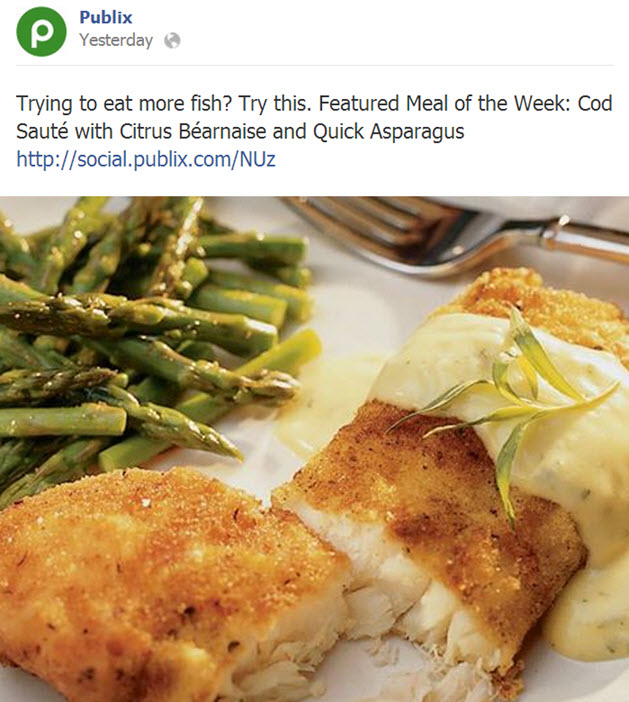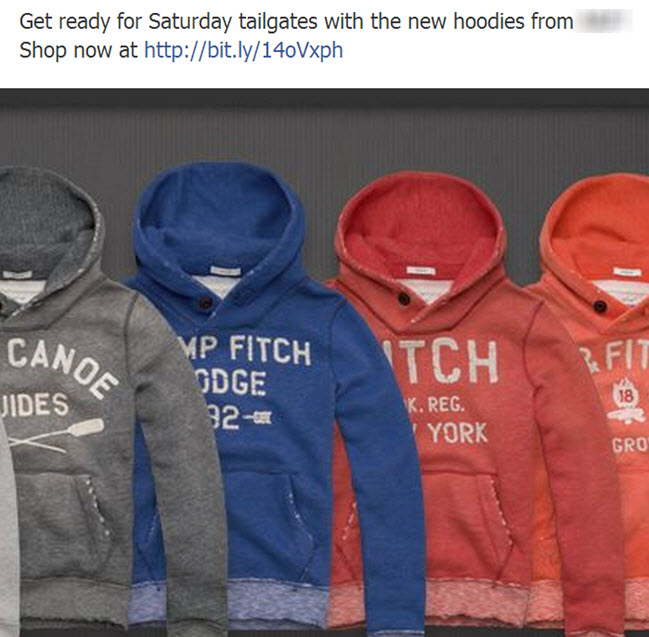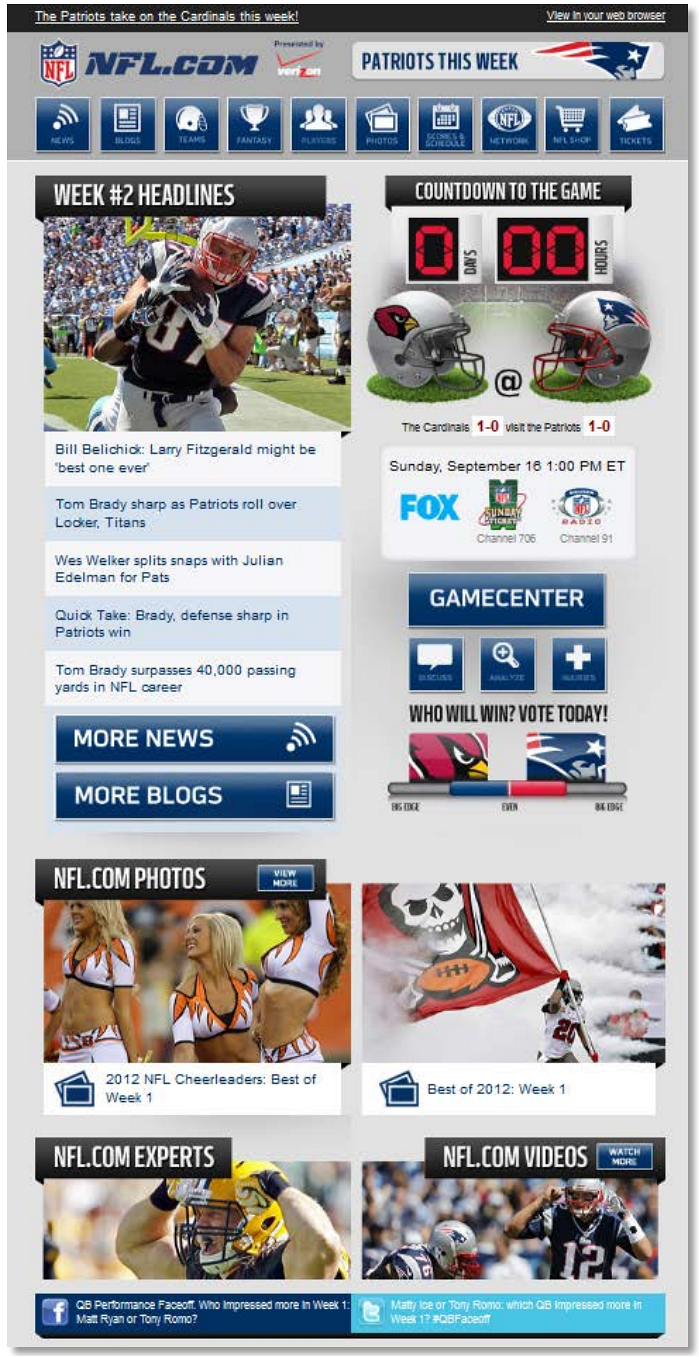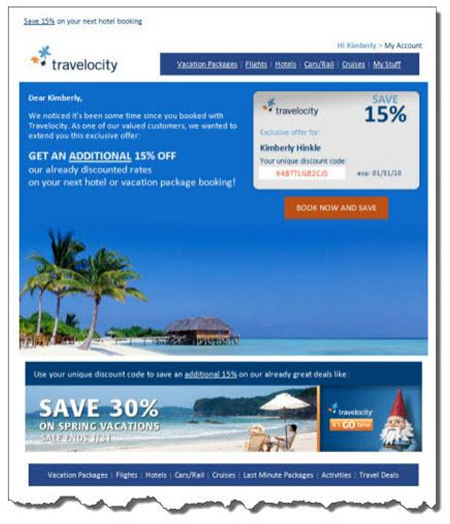Content Marketing: How to serve customers when they shouldn’t buy from you
You have a great product to sell. So you pour time, creative ability and life’s energy into making sure customers know just how great that product or service is.
But, just between friends now, that product isn’t right for everyone, is it?
If you answer that question honestly, it naturally brings up another question.
How do you give your customers what they want even if you don’t have it?
Content marketing is about serving customers, not pushing product. Only once you serve those customers (and build up trust) can it become an effective vehicle for selling. And oh brother, can it ever be effective.
Here are two ideas for serving customers when your product isn’t right for them.
Idea #1. Help customers decide not to buy your product
Limited shapes and designs: Because fiberglass pools are built from a mold, the consumer is limited to the shapes and sizes offered by the various fiberglass pool manufacturers.
The above line is from a blog for a company that sells fiberglass pools.
What? Why?
“Fiberglass might be too skinny, but if you’re looking for that size, it can be good for you,” said Marcus Sheridan, Co-owner, River Pools and Spas. “We tell potential customers, ‘You know what, fiberglass might not be for you. And that’s OK, we’re going to figure it out together.’”
The results? The “problems post” garnered 176 comments, 396 inbound links and 43,867 page views. For a small pool company. In Virginia.
You can read more at “Competitive Messaging: Tell your customers what you can’t do.”
Idea #2. Help them get what they want
Sometimes customers can’t find what they want from you because it simply doesn’t exist yet.
Since the best marketing messaging is based on how the customer expresses what they want, hopefully you’ve been:
- Listening in on social media
- Engaging with customers service
- Learning from Sales
- Doing research in relevant target audience-focused newspapers, magazines and websites
- Testing value proposition expressions using A/B testing
In doing customer research, you will naturally come across these gaps of unfulfilled customer desire.
When you do, it’s a chance to work with product development and business strategy to test your company into new products and services to better serve your customers’ unmet needs.
But sometimes, you simply can’t produce that new product or service.
What to do? Check out this brilliant idea from Eventful, the Best in Show in the E-commerce category in MarketingSherpa Email Awards 2014, sponsored by ExactTarget.
Here’s how the event Web service handles an unfulfilled customer desire.
I’ll be the example. I go to Eventful.com to search for a Pearl Jam concert in Jacksonville. But Pearl Jam doesn’t have any concerts planned for Jacksonville (really, Eddie, really?), so I’m greeted with this pop-up that states, “Would you like to be notified when Pearl Jam comes to Jacksonville?”
The other option I have if I close the pop-up is:
“Bring Pearl Jam to Jacksonville! Demand it!”



